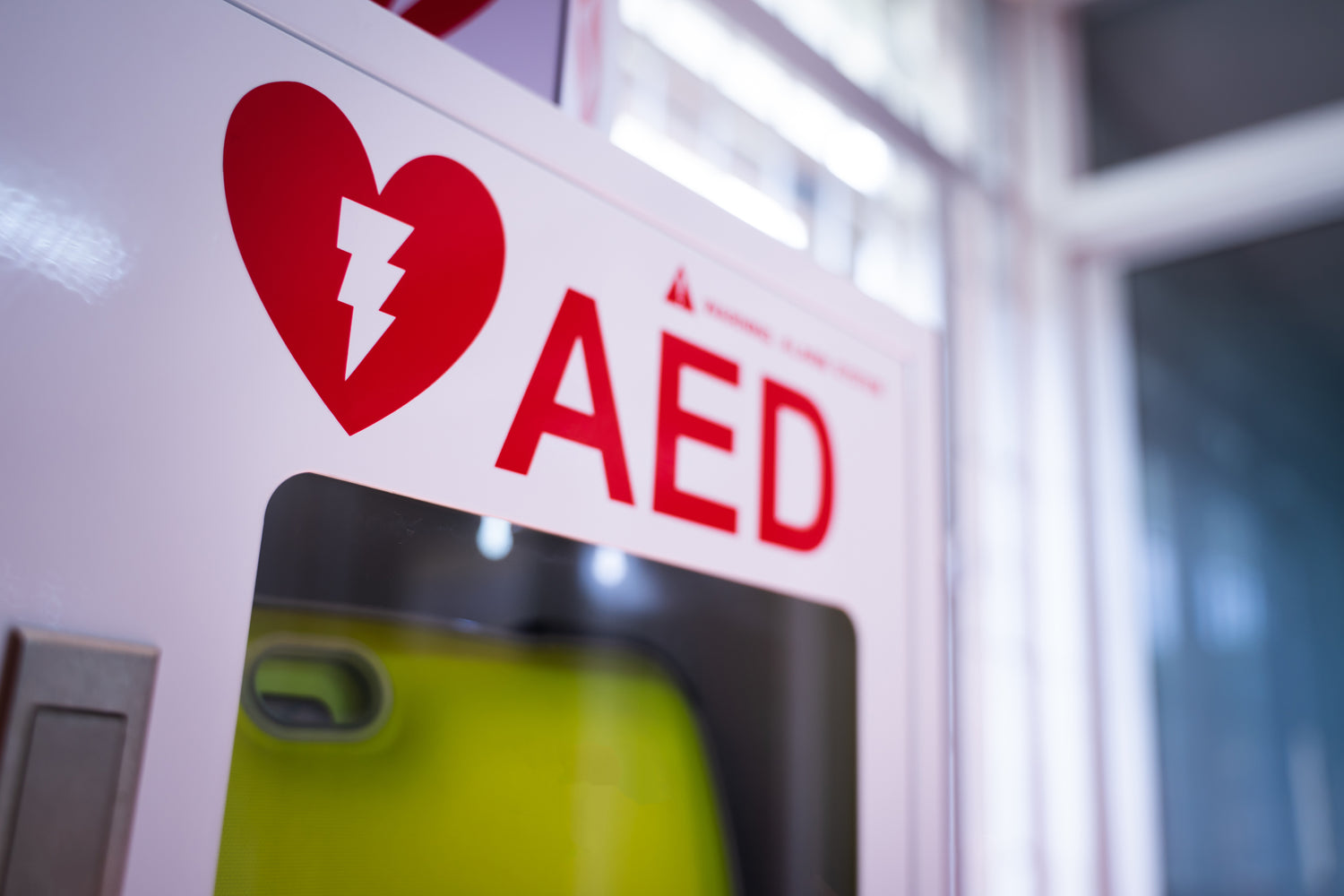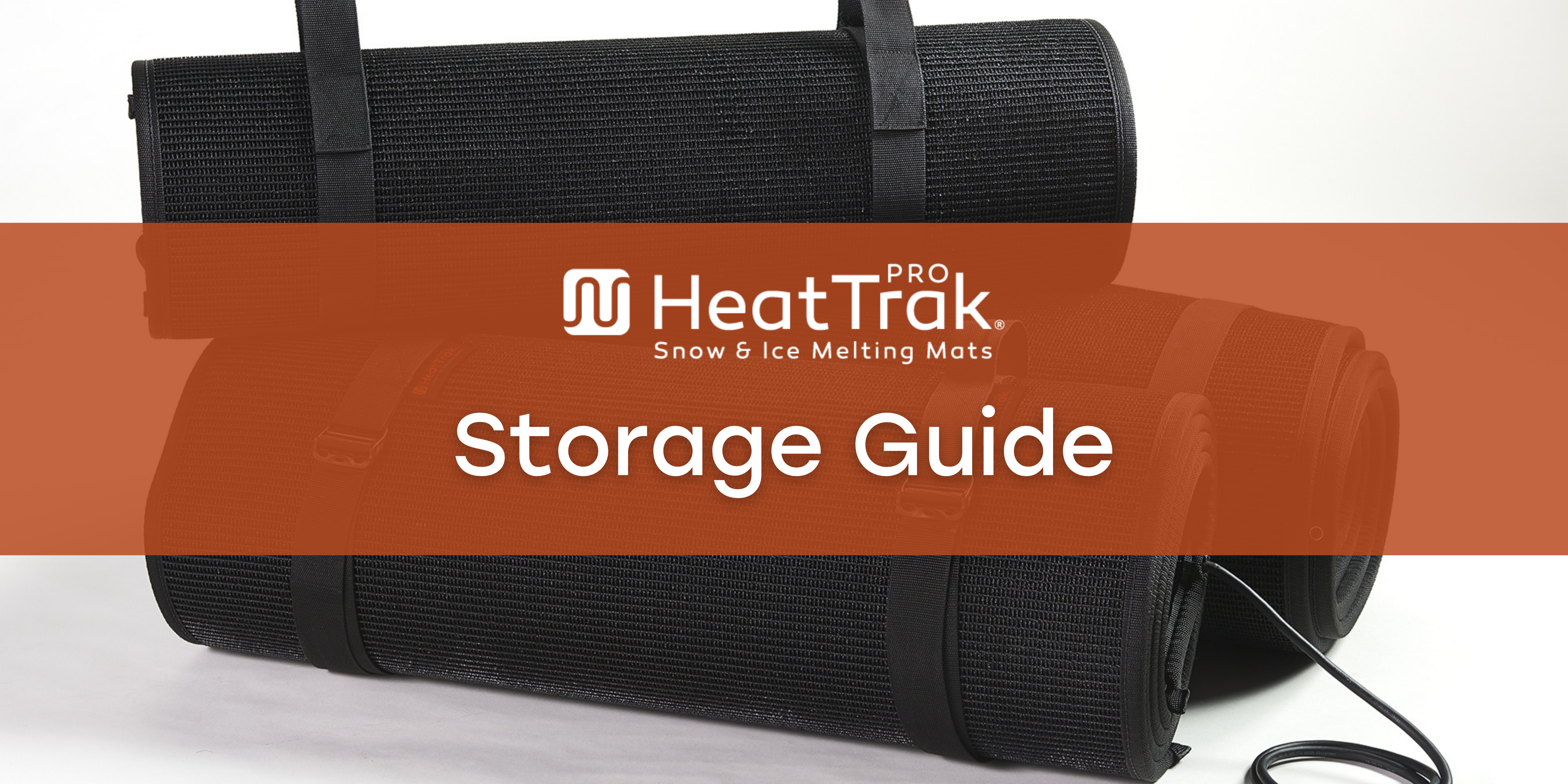As a facility manager or business owner, we're sure you understand the importance of maintaining a safe and accessible environment during winter months. Snow removal is a critical task, yet it's often overlooked that this activity can have significant health implications, particularly on heart health. In this article, we will delve into why snow removal is a matter of not just safety but also wellness, specifically focusing on the cardiac risks associated with this physically demanding task.
Understanding the Risks
Snow removal, particularly shoveling, is a strenuous activity that combines heavy lifting and cold weather, both of which put extra strain on the heart. When you lift heavy snow, your heart rate and blood pressure increase. Cold temperatures, in turn, can cause blood vessels to constrict, further increasing heart rate and blood pressure. This combination can be particularly dangerous for individuals with preexisting heart conditions, leading to increased risks of heart attacks and other cardiac events.
Statistics That Matter
The American Heart Association has highlighted the risks of heart attacks during snow shoveling. A study in the 'American Journal of Emergency Medicine' found that over a 17-year period, there were about 11,500 snow-shoveling-related hospitalizations per year in the United States, with a significant portion related to heart issues. These statistics are a stark reminder of the potential dangers associated with snow removal.
Best Practices for Safe Snow Removal
For facility managers, the safety and health of your staff or the contractors you hire for snow removal should be paramount. Here are some best practices to mitigate the risks:
- Assess Health Risks: Evaluate the health condition of anyone involved in snow removal. Those with a history of heart disease, high blood pressure, or cholesterol, as well as those leading a sedentary lifestyle, should not be involved in manual snow removal.
- Use the Right Equipment: Consider investing in ergonomic snow removal equipment like snow blowers or plows. Products like HeatTrak PRO snow melting mats can also be beneficial as they help in melting snow without the need for physical exertion.
- Promote Safe Techniques: If shoveling can’t be avoided, ensure that safe techniques are used. This includes using a smaller shovel or partially filling a larger one, lifting with the legs rather than the back, and taking frequent breaks.
- Limit Exposure to Cold: Advise staff to dress in layers, keep dry, and limit the time spent in cold weather to reduce the risk of hypothermia, which can increase cardiac stress.
- Emergency Response Plan: Have a plan in place for emergency medical situations. This includes having easy access to phones for calling emergency services and basic training in CPR and first aid among staff members.
The Role of Technology in Mitigating Risks
Advancements in technology offer new avenues for safe snow removal. Heated walkway mats, like those offered by HeatTrak PRO, provide an efficient and safe way to keep paths clear without the need for manual labor. These solutions not only reduce the physical strain associated with snow removal but also enhance overall safety by preventing the accumulation of ice and snow.
Conclusion
For facility managers, the responsibility of snow removal comes with a duty to understand and mitigate the health risks associated with it. By recognizing the impact of snow removal on heart health, adopting safer practices, and utilizing technology like heated mats, you can ensure a safer winter season for all. Remember, the goal is not just to clear the snow, but to do so in a manner that prioritizes the well-being of everyone involved.


